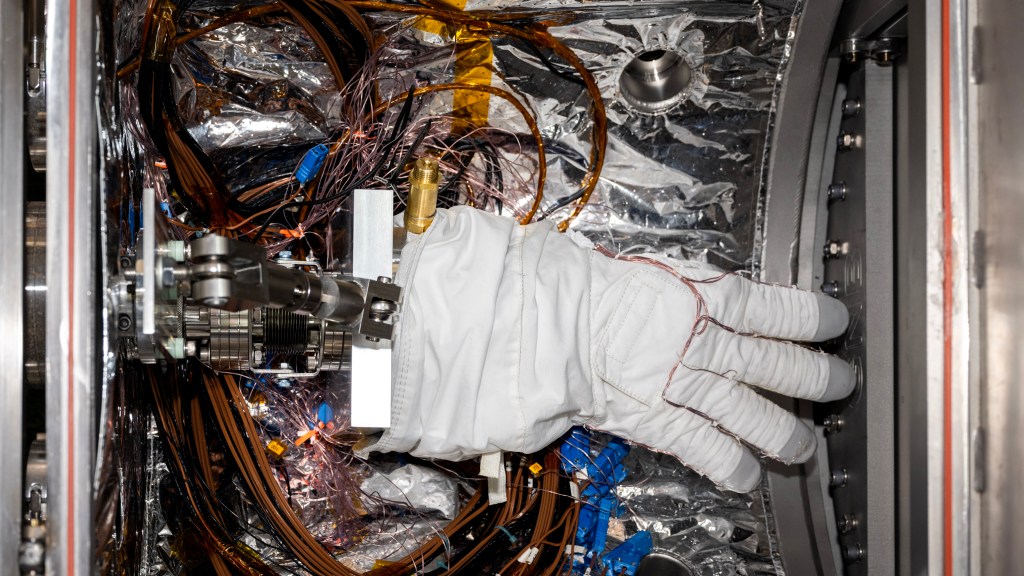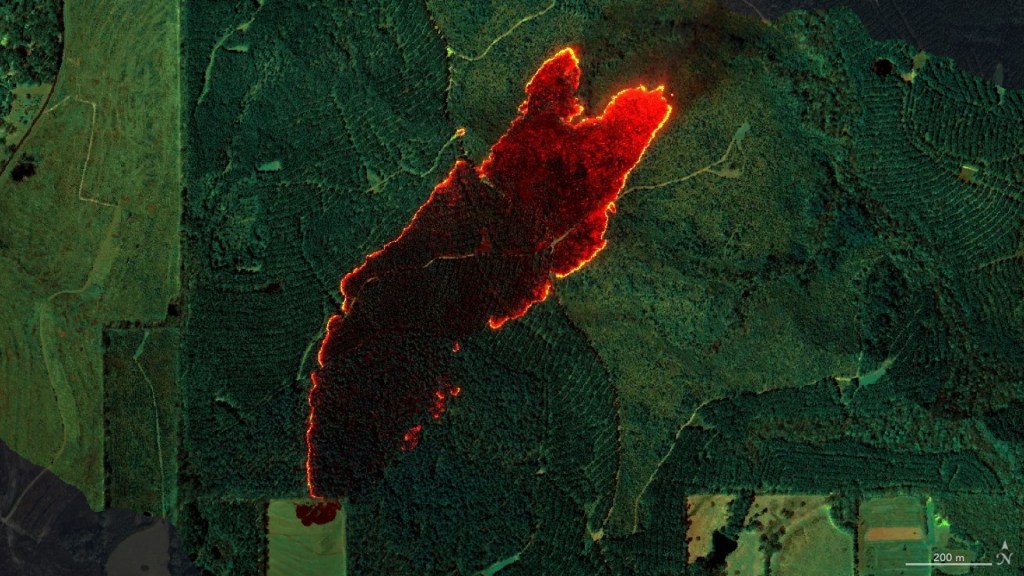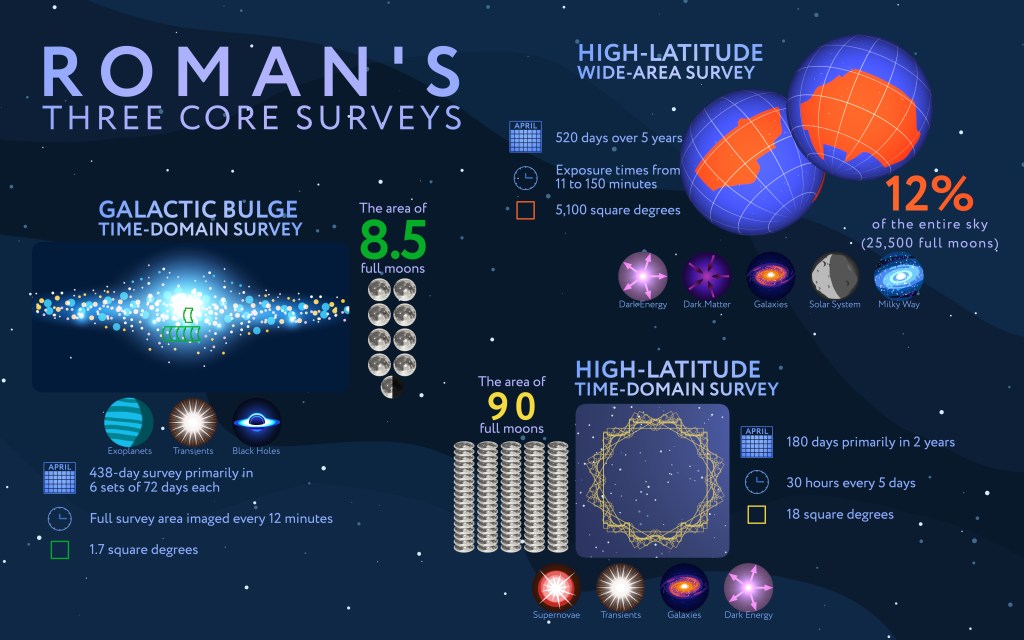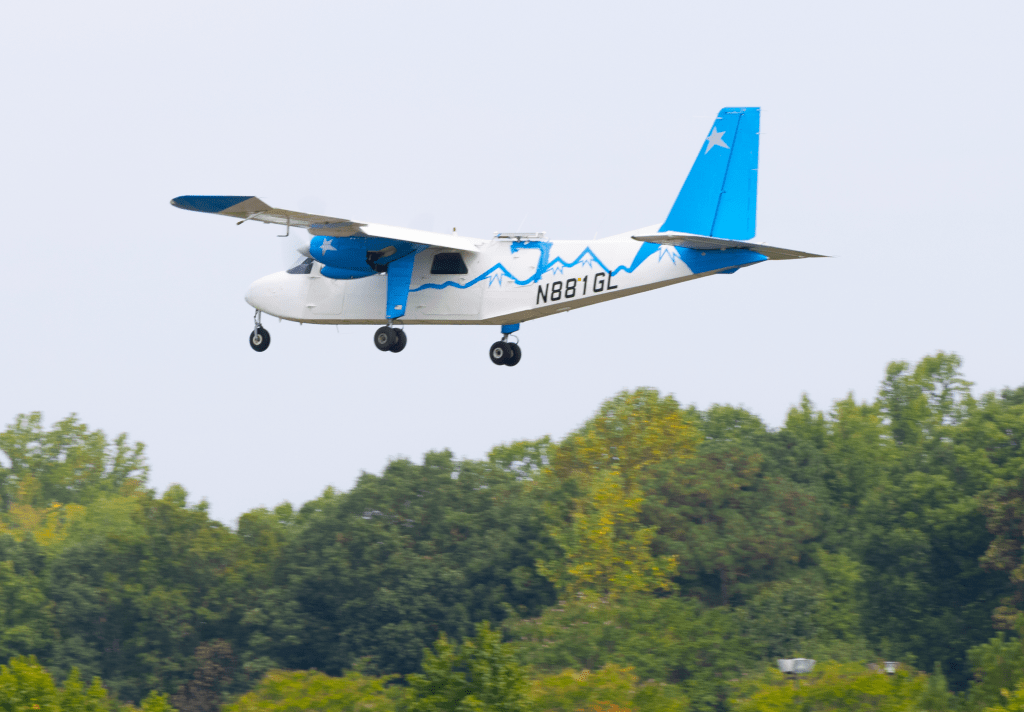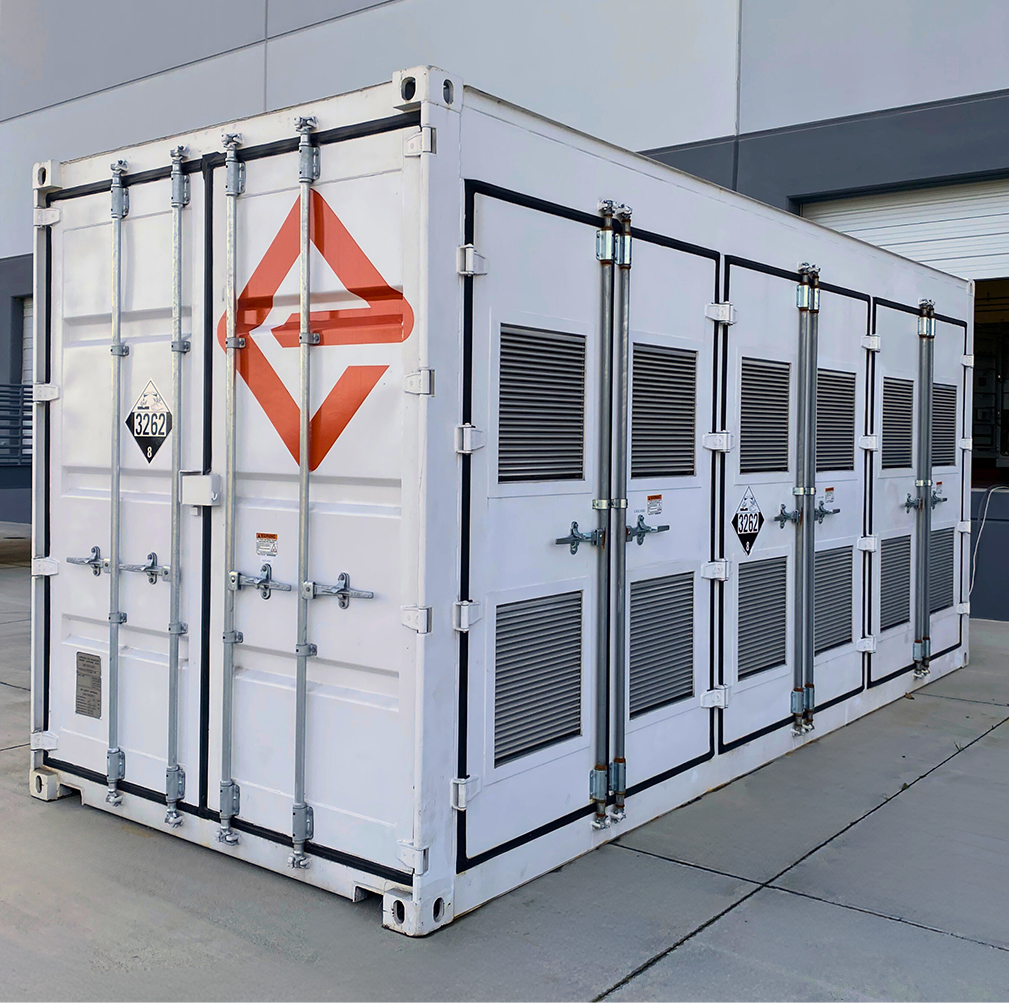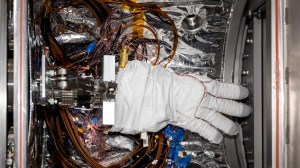Enceladus 'E11' Flyby: A Measure of Heat
Enceladus 'E11' Flyby: A Measure of Heat
The Enceladus 11 (E11) encounter occurred at an altitude of 2,550 kilometers (1,555 miles), a speed of 6.8 km/sec, and closest approach at 10:29 p.m. (SCET). The focus of the flyby was the study of thermal emission from the south polar tiger stripes. Because of the relatively high altitude, the spacecraft was able to track the moon throughout the flyby.
The Composite Infrared Spectrometer (CIRS) had prime pointing control during closest-approach. The instrument mapped the thermal radiation from the tiger stripes, continuing coverage from previous flybys, and took advantage of the excellent viewing geometry of this flyby. In particular, CIRS focused on warm transverse fractures that connect the Alexandria and Cairo Sulci to study whether substantial heat is escaping from the interior in the regions between the tiger stripes.
To close out this flyby, the Visual and Infrared Mapping Spectrometer collected compositional data, and then handed over to the Imaging Science Subsystem (ISS) for further imaging of Enceladus's sister satellite Tethys.
Enceladus Flyby at a Glance
Date
Aug. 13, 2010
Altitude
1,555 miles (2,502 km)
Speed
15,000 mph (6.8 km/sec)


